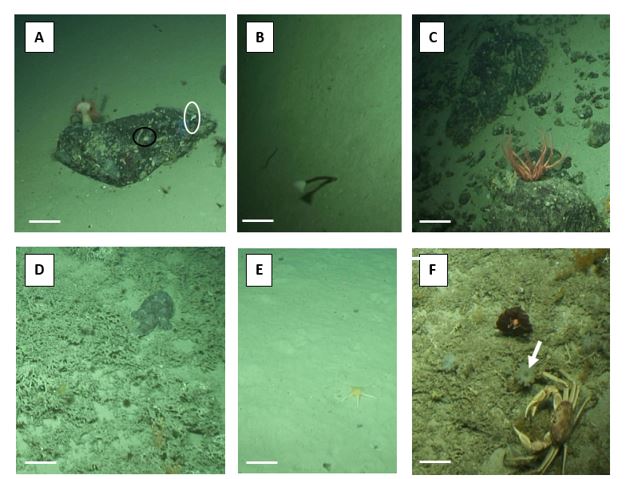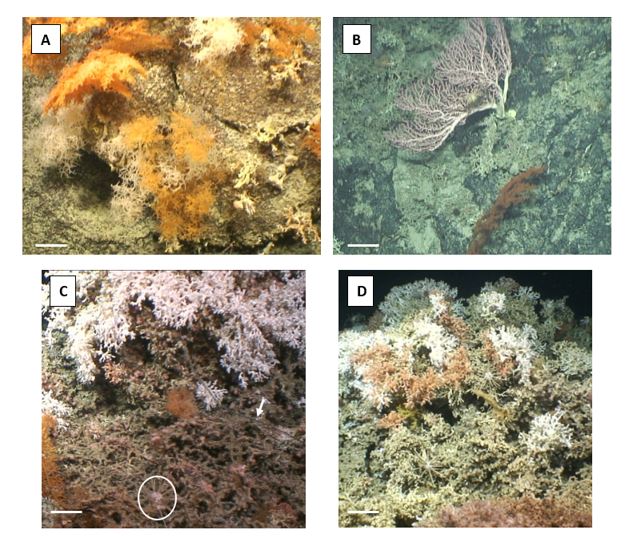An update from PhD researcher John

An update from PhD researcher John
Hi, I'm John Appah, a Marine Ecology PhD student in the Marine Geology Research group, UCC. I have been working on the first paper of my PhD, "Environmental Controls of Benthic Megafauna Distributions in the Cold Water Coral-rich habitat of the upper Porcupine Bank Canyon, NE Atlantic" on the MMMonKey_Pro project for the past few months. The paper looks in to the key control processes on cold water coral habitats in the Porcupine Bank Canyon, NE Atlantic. Cold water corals are abundant in the NE Atlantic. There are solitary and colonial forms and both are able to form reefs and can be found in deep seas from depths of 500-3000m.
I collected my data from the PBC in 2017 and 2018 on board the RV Celtic Explorer with the Holland I ROV. We collected High resolution bathymetry, video data, Particulate Organic Matter (POM) and CTD data to characterise the active processes affecting these cold water coral habitats. Several environmental factors affect the species Lopehlia pertusa and its growth and distribution. Optimal growth of Lopehlia happens at temperatures of 4-13⁰C and salinity levels of 32-38.8 respectively. It is predominantly white, but yellow, orange and red variations also exist.

Fig: A) Different colours of Leiopathes sp on a bedrock, B) Paragorgia sp on bedrock, C) Live and Dead Lopehila pertusa; Cidaris cidaris (white circle) and a fishing line (white arrow), D) Lophelia pertusa, note Cidaris Cidaris
Our results look very promising and we hope to quantify and characterise the coral habitats throughout the canyon system. These kind of results can be used to inform policy makers in decision marking while informing the general public on Irish cold water coral ecosystems. Have a look below for examples of organisms I have identified in the PBC.

Fig. Examples of identified organisms in the PBC, scale bar 10cm. A) Actinoscyphia on upper left corner of cobble; note Pliobothrus symmetricus (white circle) on lower right corner of cobble; Psolus squamatus (black circle) B) Hyalonema on sediment substrate C) Brisingida on a sediment & dropstone substrate D) Lophiidae E) Asteroidae on sediment F) Chaecon sp; note Bathypathes sp with a squat lobster and Aphrocallistes beatrix (white arrow) on rubble substrate
Marine Geosciences Research Group
University College Cork
Contact us
School of Biological, Earth and Environmental Sciences, North Mall Campus, University College Cork, North Mall, Cork City, T23 TK30
